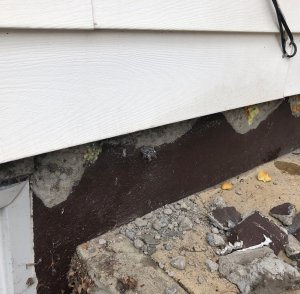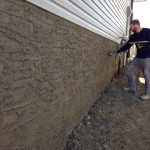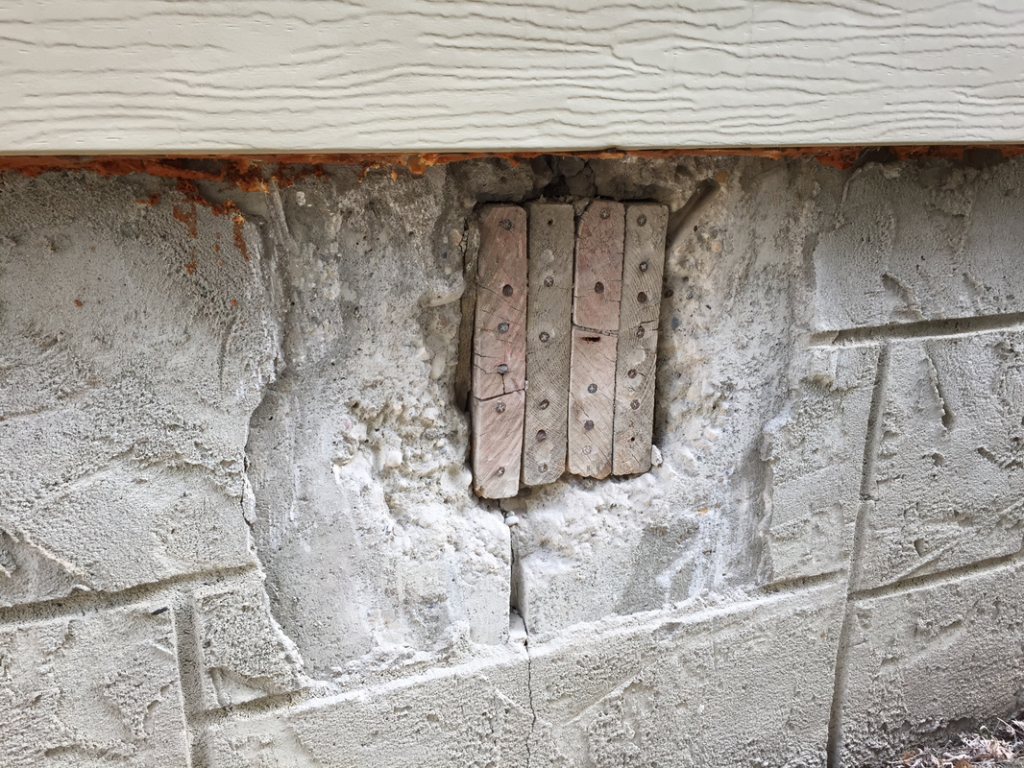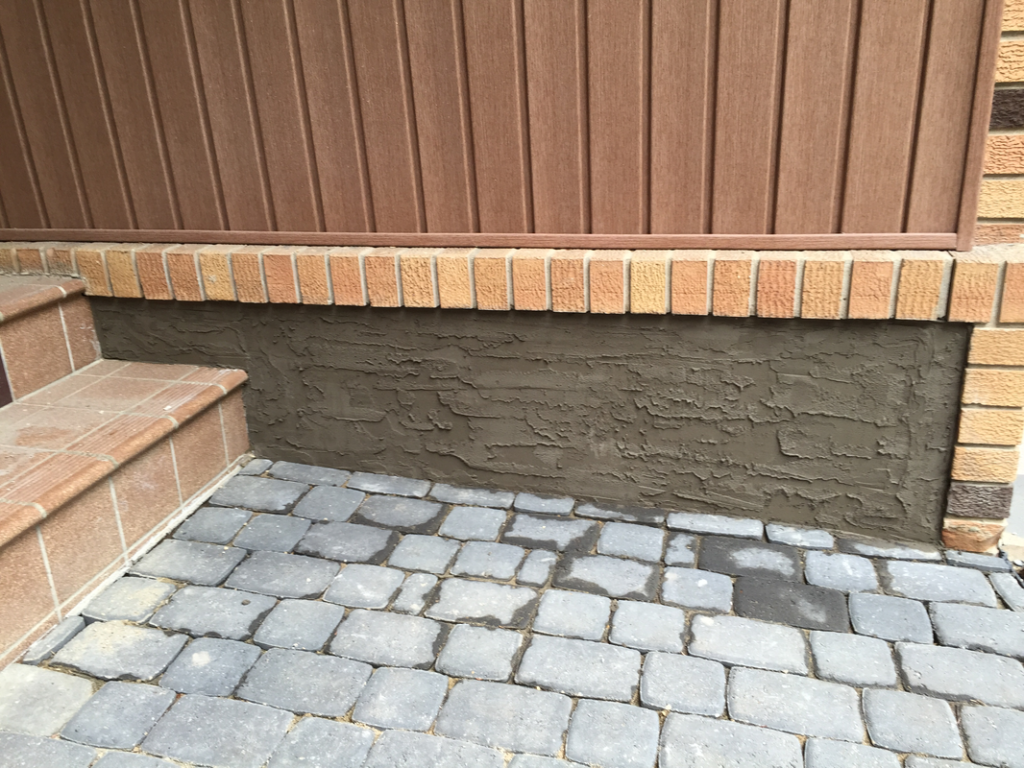Parging can fail in numerous ways and for many reasons. When you’re unfamiliar with it, you may think it seems like it’s a pretty straightforward process. All you have to do is mix some cement and water and apply it where needed. When the bucket is empty, repeat. Simple, right? Wrong!
The reality is that there is so much bad parging done that people believe its normal for parging to fail and to wear out. This is unfortunate because parging should last 30-50 years! Can you believe that? And even after that time, it should only need repaired mostly due to weathering.
We have seen a lot of failed parging applications and attempts out here in Edmonton, Alberta. Are you in a similar situation and wondering why your parging has failed? We’ve gathered up 6 reasons why it may have failed for you. Keep reading to find out.
1. Improper Materials
Failure to use the proper materials will likely lead to one of the main the causes of your parging failing. This will affect the overall strength and cause a lot of issues down the line. For example, if improper substrate/surface prep was used. Or even bonding agents and lath materials. Another factor could be that your foundation was dirty prior to application.
2. It Was Poorly Prepared
A poorly applied parge coat could last less than a year, looking worse than before you started and need almost constant maintenance and repair some cases. Poorly prepared can mean a few things. Perhaps how the surface was groomed before it was parged, or how the parging mixture itself was prepared.
Preparing the surface properly takes some extra time, but it’s well worth the effort. The foundation must be free of all traces of sand and dirt, and the surface needs to be kept wet to allow the parge coat to cure properly.
3. It’s Too Cold.
There’s a reason that reputable parging companies don’t perform exterior work all year round. To properly cure, parging needs a sustained surface temperature of at least 4C for 48 hours. A sudden drop in temperature is bad news for a freshly applied coat of parging. Water soaks into the parging, then expands as it freezes, cracking the surface and breaking off chunks.
If the ambient temperature is too cold -the Parging freezes. Parging requires special attention when working with chilling temperatures, especially as low as they can get in Edmonton, Alberta. Very cold weather changes the parging mixture and can lead to cracking and other problems. Experts must act promptly and follow special steps to keep it warm and workable.
4. It’s Too Hot
It is true that parging is just a blend of water, masonry sand and cement. However, did you know that the exact ratios can depend on the weather conditions.
When the parging experts say you’ll have to wait for the right weather conditions for your job, listen to them! Parging drys very quickly. With temperatures that are too hot or improper additives to slow down the curing based on those temperatures, it will not sufficiently bond. Otherwise, you’ll be calling back in a year or two to have another coat of parging applied because yours didn’t withstand the test of time.
5. Material is too old
One of the reasons your parging may have failed is because it has been re-tampered too much. Parging material has an optimal working time of thirty minutes to an hour. This is a crucial time frame. If the parging has not been used within this time-frame, you can likely expect some issues.
Another thing that most people won’ tell you is that some company’s will still use old material or re-tamper the material to save costs, which is the dirty truth of the business.
Even really durable materials like the parging that protects your foundation can wear out over time. Thankfully, a fresh coat of parging is MUCH easier to address than an eventual problem with the foundation. We happen to know a couple of guys who are only too happy to help ;)!
6. Poor mix
This could mean a variety of things. Anywhere from too much or too little water, too much air entrained, or too much or too little sand. It could also be due to the cement, hydrated lime, or specific additives. What we mean by this is:
Water Amount: Lower water content gives low strength and less manoeverable mix for flat conditions like road laying.
Sand Amount: A very high amount of sand will make your mix very brittle and weak against all kinds of forces.
Air Entrainment: A high air-content in the mix leads to lower strength. A low air content gives low manoeuverability, so sometimes, ‘air-entrainers’ are used to give the desired flowing nature without compromising on changing the water content and consequently the strength.
Chemical additives: Provides an effective workability increase, or even a water reduction at similar workability – thus giving a higher strength mix. Without this, you can expect a poor mixture.
As you can see, this is actually a very complex science with many factors to consider. Interested in troubleshooting more issues around your house? Be sure to join our growing online communities on Instagram, TikTok, Twitter, Google and Facebook. We share a wealth of home improvement tips and tricks along with before and after shots our professional parging projects.




